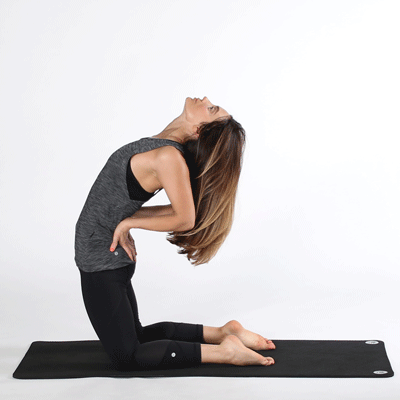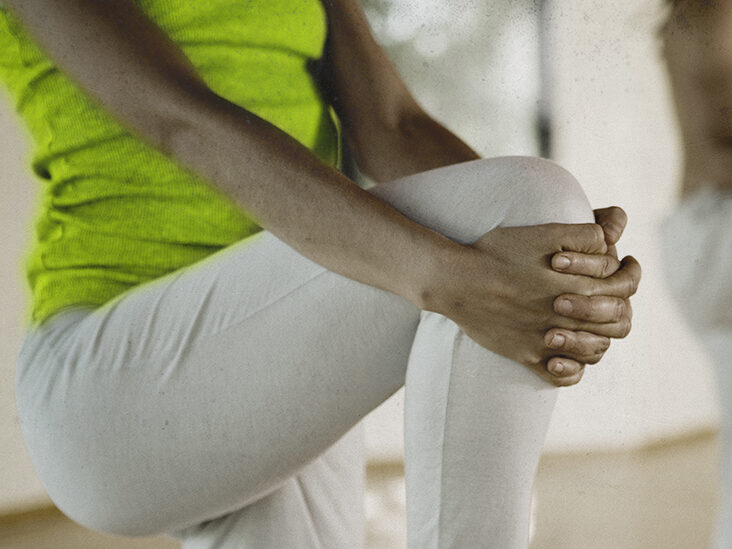
Yoga promotes health and well-being, but can also improve your sleep. This practice can reduce insomnia symptoms without the need for medication in cancer patients. It also helps you to feel calm and focused all day long.
Insomnia is a condition that affects millions of people, and it can have negative effects on your physical and mental health. These simple yoga positions will help you to relax, and you can get a good night's sleep if your problem is falling asleep.
sleeping yoga pose
By practicing a few simple breathing exercises or stretches, you can easily fall asleep. These techniques take little time to perform and can be done anywhere - in your bedroom, while showering or wherever you like.

Yoga poses that help you sleep better are designed to relieve tension and calm your mind. Others focus on stretching out the body. No matter what yoga pose you decide to do, it's crucial that you remain consistent with your practice. Breathe deeply at each session.
You may feel discomfort or pain if you don't feel comfortable with the pose. Start with a gentle pose if you're not ready.
sleeping yoga nidra
Yoga Nidra is a practice that can help you relax both your mind and body to sleep better. It can also decrease anxiety and improve memory function. You can relax with a guided Yoga Nidra or listen relaxing audio files while you are trying to sleep.
Yoga can be a great sleep aid, but not everyone will benefit from it. Before you begin a new Yoga practice, talk to your physician if there are any medical conditions you may have or if pregnant.

The best sleeping Yoga postures are those that help you release tension and stress from your body. This is essential for a good sleep. You can use these poses to improve your sleep by practicing deep breathing.
sleep yoga nidra
Yoga Nidra helps you better sleep at night by making you more aware of the emotions you are experiencing. This practice can help reduce anxiety and depression. It is also a great way for you to relax before going to bed.
Sleep Yoga Poses for Insomnia: Easy and Safe!
The best sleeping Yoga poses for insomnia are very gentle and easy to do. You can do these poses in the morning before heading to work or just at home before you go to bed. Hold these postures for 5-10 breaths and you will be able to get rid of your problems like erratic sleep cycles, disturbed sleep, insomnia, and more.
FAQ
Is 20 minutes a day of yoga enough?
Yoga should be more than just a means of exercising. It should also be used as a tool for self-discovery. It is a time to look at your life and reflect on how it has changed.
My friend introduced yoga to me a few decades ago. She had been practicing for many years. He explained to me that he did 20 minutes of yoga each morning which made him feel calmer during the rest of the day.
It made a huge difference in my overall health and well-being. I have continued to practice yoga regularly since then and find that it helps me relax and focus when working at my desk.
The key is finding what works best for you and setting realistic goals. Yoga doesn't have to be a time-consuming activity if it's not going to help your goals.
Are yoga mats expensive?
A high-quality yoga mat can be purchased for between $20-$100, depending on its size or material.
How does yoga work?
Yoga is based upon alignment, breath control. Meditation and stillness principles. Yoga creates peace and calm when done correctly.
Your body should be warmed up before you begin any yoga class. Start with simple stretches such forwarding bends or bending forward, backward bends or bending backward, twists, side bends, and other basic poses. These moves can loosen tight muscles and prepare your body for deeper poses.
Next comes "standing", which is a balancing position. Next, stand straight up with your feet and your arms extended. Then, look down towards the ground. Your body should feel balanced, centered and grounded.
The next step is to move into deep stretching positions. This is where you lay on your back and bend your knees. Next, move into deep stretching poses. Keep your balance and keep you from falling by grasping onto something sturdy. If you don’t possess anything to grab on to, put your hands on a nearby surface.
After completing all of these poses, you can move on to a series standing poses. These include the warrior pose (mountain pose), mountain pose, downward facing, upward facing, plank pose, last pose, and the warrior pose (warrior pose).
When doing yoga, it's important to breathe deeply and slowly. Deep breathing can not only clean your lungs, but it also calms your mind. You can do this by focusing on your inhales and exhales. Make sure to count every time you take another breath.
Even while cooking, you can do yoga anywhere! Follow the steps above, but don't lie on your back.
Yoga can be done in 10 minutes a day, if that is all you have. You can still benefit from yoga, regardless of your age.
How long does yoga take?
Yoga is a lifelong endeavor that requires dedication as well as patience. The truth is that everyone has his/her own pace when learning new things.
Accordingly, it doesn't matter how old you are. If you're willing to put in the effort and work hard, any yoga routine can be achieved.
Yoga is good for people with chronic conditions.
Yoga can help those with diabetes and heart disease. It improves flexibility, stress reduction, and overall fitness.
Yoga is also beneficial for many other conditions like arthritis, asthma, depression, fibromyalgia and high blood pressure.
Statistics
- Gentle yoga has been shown to ease some of the discomforts of tender, swollen joints for people with arthritis, according to a Johns Hopkins review of 11 recent studies. (hopkinsmedicine.org)
- The American Psychological Association recently shared that 84% of American adults feel the impact of prolonged stress (5). (healthline.com)
- According to the Agency for Healthcare Research and Quality, falls are incredibly common among older adults in nursing facilities. Even the simplest ones can increase the risk of death (24). (healthline.com)
- Lock in 25% off your Founding Member rate. (corepoweryoga.com)
- The people in the yoga group were 37 percent more likely to have quit smoking by the end of the 8-week program. (nccih.nih.gov)
External Links
How To
Yoga can help menopause symptoms
Yoga, an ancient practice, originated in India. It focuses primarily on stretching, breathing and meditation. It has been used for thousands of years to keep fit. It has gained popularity as people search for alternatives to staying healthy and active in stressful situations.
Yoga is all about physical poses (asanas), which are used to stretch muscles, improve posture, increase flexibility and increase flexibility. This can help relieve tension, increase strength, and endurance.
There are several types of yoga. Each type focuses on specific aspects of the body, such as breath, stretching, and relaxation.
All forms and types of yoga seek to attain balance within the body, mind and spirit. Yoga can improve your fitness, sleep quality, weight loss and energy levels as well as reduce stress levels.
Many studies have shown yoga to be effective in treating anxiety, depression and insomnia. It isn't clear if yoga can be used to treat other health issues, such as symptoms related to menopause.
Yoga can help you feel happier and healthier, as well as teach you how to relax in stressful situations. This could be very helpful for menopause.
It is important that you know that yoga can cause soreness in the muscles after exercising. You should consult your doctor if there are any concerns regarding your medical condition.